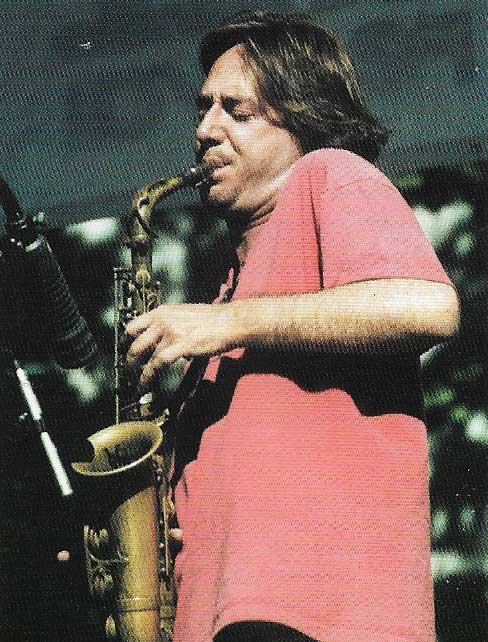program music

John Zorn at a concert in 2000. Zorn's compositions, which juxtapose different styles and genres, have been described as "a sort of musical channel-surfing".
The term "postmodern" was used sporadically in the late nineteenth century, but did not receive today's meaning in the arts until architect Joseph Hudnut's essay "The Post-Modern House" (1945), in which he regretted some aspects of modern architecture and industrialized manufacturing techniques. As he argued, "We must remind ourselves that techniques have a strictly limited value as element of expression." Hudnut instead advocated a spiritual and individual approach to design and construction, and a harmonious architecture achieved with the help of arts. This understanding of postmodernism as an antithesis of modernism, the perceived science-driven approach to art, would later be complemented by a decentralised and value-relativistic understanding of histories and cultures, and increased skepticism toward technical and economic progress.
Postmodernism made its way into musical discourses in the 1970s, as composers such as George Rochberg (1918–2005) and Alfred Schnittke (1934–1998) embraced pluralistic approaches, incorporating stylistic elements or direct quotations from the past. Humor, considered antithetical to serious modernism, also became important, as did beauty and naïveté. Other approaches include those of composer and performer John Zorn's (b. 1953) genre juxtaposition, in which elements of jazz, pop, art music, and film music are contrasted, resulting in a funny and chaotic effect.
The "postmodern" label has also been applied retroactively to composers such as Gustav Mahler (1860–1911), thus casting the concept not as a late-20th-century musical style, but as an aesthetic approach to tradition. Postmodern work also raise the question of what constitutes modern music: could not works assembled from historical sources sound as new s a modernist work created through mathematical models?


